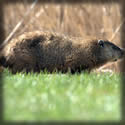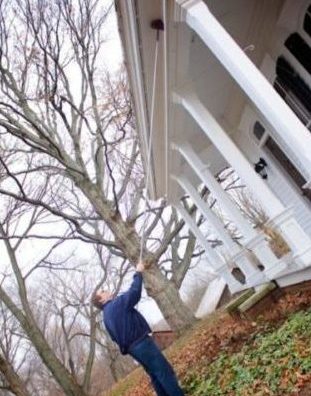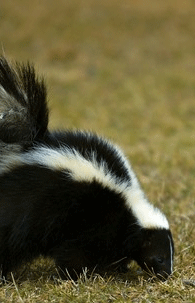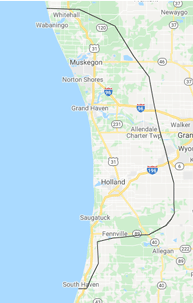Opossums & Woodchucks
Opossum
What does an Opossum look like?
An opossum is a whitish or grayish mammal about the size of a house cat. Its face is long and pointed its ears rounded and hairless with a ratlike tail. The opossum is the only marsupial (with pouch) located in North America. Opossums usually live alone and are active only at night. When threatened, an opossum may bare its teeth, growl, hiss, bite, and exude a smelly, greenish fluid from its anal glands. If these defenses are not successful, an opossum may play dead. They are expert swimmers and climbers. (Photo 109621960 © Gsphotography/Dreamstime.com)
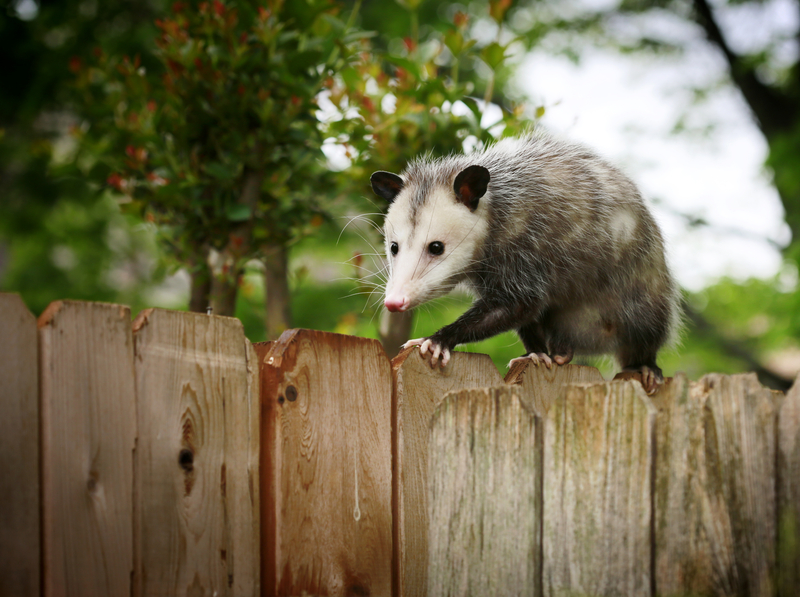
What does an Opossum eat?
What about their babies?
Do Opossums hibernate?
Opossums occasionally become a regular nuisance and need to be live-trapped and removed by a professional.
Woodchuck
What does a Woodchuck look like?
The woodchuck, a member of the squirrel family, is also known as the “ground hog” or “whistle pig.” It is usually grizzled brownish gray and its tail is short, well furred, and dark brown. Woodchucks are diurnal, (active during daylight hours), solitary, and are occasionally found climbing trees. Like other rodents, woodchucks have white or yellowish-white, chisel-like incisor teeth. The woodchuck’s compact, chunky body is supported by short strong legs. Its front feet have long, curved claws that are well adapted for digging burrows. Groundhogs excavate their own holes or burrows within minutes. They develop complex burrows and tunnel networks for shelter and escape routes. These burrows provide the woodchuck a home for mating, raising young, hibernation, and protection from threats and predators. Woodchucks usually range only 50 to 150 feet from their den. (Image © Steve Troletti/Dreamstime.com)
